Table of Contents
● Introduction
● Market overview
● Key technology and design innovations
● Top-selling models driving market trends
● Conclusion
Introduction
The cooler box industry is experiencing a shift driven by technological advancements and increased consumer demand for cooling solutions. Major players in the market are introducing eco materials and intelligent cooling technologies to address issues and improve user convenience. With these innovations progressing, many designs offer insulation and temperature regulation, making cooler boxes essential for leisure and professional purposes. This piece delves into market trends, explores cutting-edge designs, and showcases models that are influencing the future of the cooler box sector. It provides an overview for business professionals and online retailers seeking to stay competitive in this dynamic market.
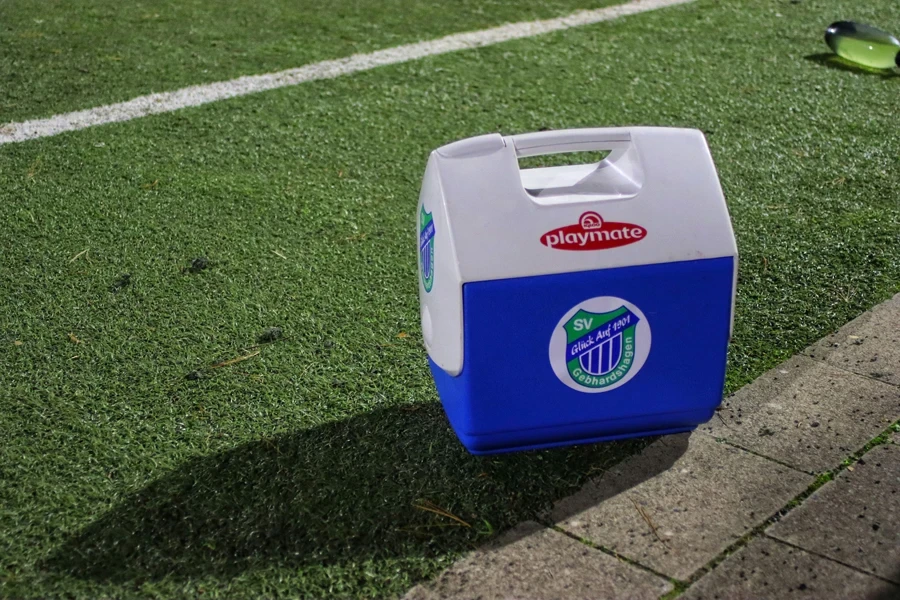
Market Overview
Market scale and growth
The global market for cooler boxes was valued at around USD 6.52 billion in 2023. It is estimated to increase to USD 7.29 billion in 2024 with an annual growth rate (CAGR) of 11.7%. By the year 2028, the market is anticipated to reach USD 11.64 billion, primarily driven by the growing need for portable storage solutions in the pharmaceutical and food & beverage industries along with advancements in cooler box technologies, as reported by Research Market. This growth is mainly attributed to the surge in activities, expanding usage in the healthcare and pharmaceutical sectors, and the rising trend of food delivery services. As highlighted by Zion Market Research, the market expansion is also influenced by progressions, like the introduction of friendly and high-performance reusable cooler boxes.
Market shares and key players
The cooler box market is fragmented, with numerous players operating globally and regionally. Leading companies in the market include Blowkings, Coldchain Technologies, Inc., Sonoco, CSafe Global, and Azenta, Inc. These major players are actively involved in research and development to enhance their product offerings and maintain a competitive edge. According to Research and Markets and Data Library Research, the reusable segment dominates the market, accounting for over 72% of the market share in 2023, reflecting a growing emphasis on sustainability and durable solutions. The Asia-Pacific region is witnessing rapid growth due to increasing manufacturing capabilities and rising consumer awareness about the benefits of cooler boxes. According to Market Research and Data Library Research, establishing new manufacturing facilities in countries like India underscores the region’s expanding role in the global market.
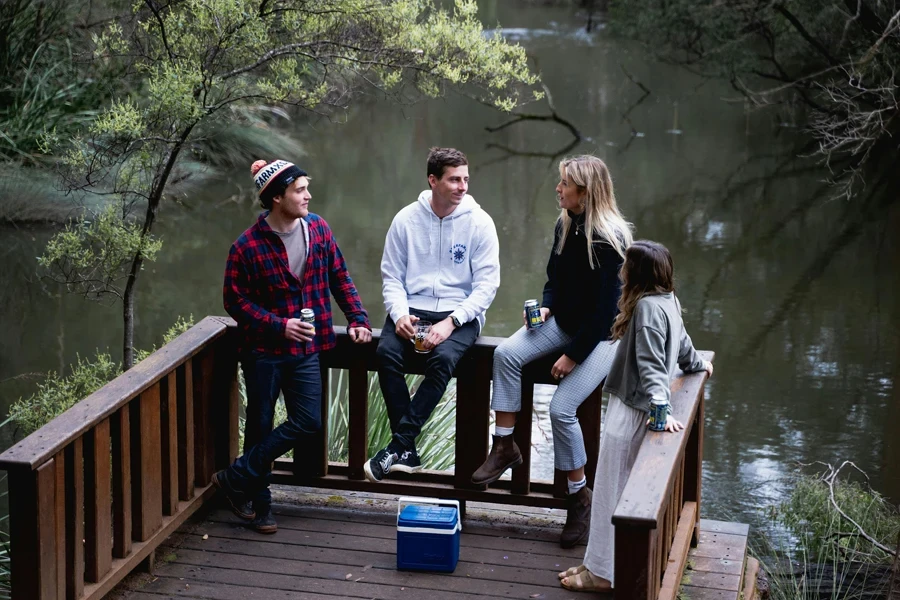
Innovations in cooler box technology and design
Eco-friendly and energy-efficient solutions
Due to the growing concerns about the environment and legal compliance, the cooler box industry is shifting its focus towards environmentally conscious and energy-efficient products. Sustainable materials and designs are increasingly used to minimize the carbon footprint and improve energy use.
For instance, cooler boxes often use biodegradable insulation materials and recycled plastics, which minimize environmental impact and appeal to eco-conscious consumers. According to DCNN Magazine, advanced liquid cooling systems are being adopted for their superior heat transfer capabilities, significantly lowering energy consumption and operational costs compared to traditional air cooling methods. This shift towards sustainability is crucial as consumers and industries demand more environmentally responsible products.
Advanced insulation materials
Innovations in insulation materials are vital for improving the thermal performance of cooler boxes. New materials like high-density foam and vacuum insulation panels are being used to enhance the efficiency of cooler boxes, ensuring longer-lasting temperature control. Symphony Limited reports that their latest cooler models utilize multi-stage air purification filters and advanced insulation technologies to maintain optimal cooling while filtering out pollutants.
Also, new materials like expanded polypropylene and expanded polystyrene have been of great importance, especially in enhancing insulation and strength. These developments also guarantee that cooler boxes have good low-temperature retention and provide clean and fresh air, thus ideal for food and drug use.
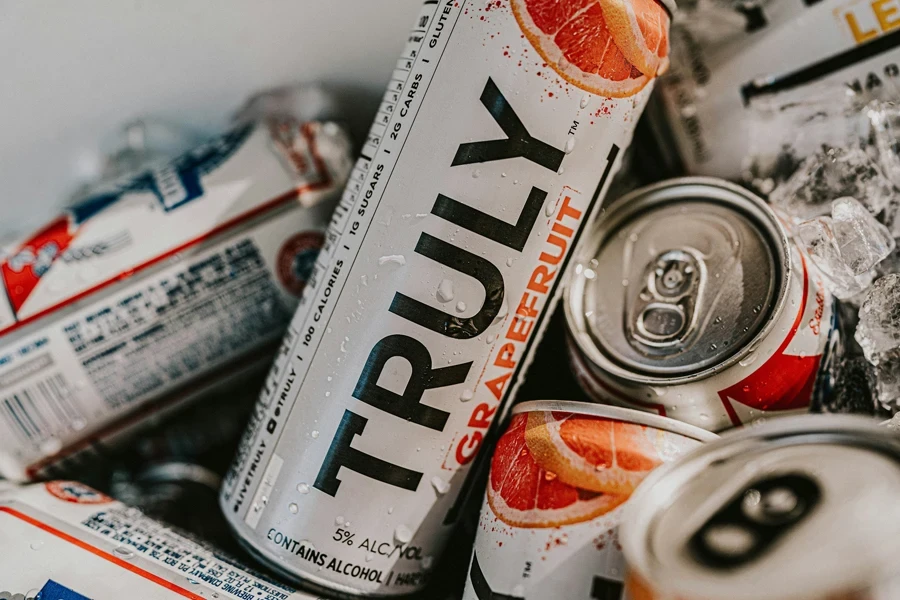
Smart cooling technologies
The incorporation of smart technologies is revolutionizing the cooler box market. Features like Wi-Fi connectivity, IoT sensors, and app-controlled temperature settings are becoming standard. These smart features allow users to monitor and adjust the temperature remotely, ensuring the contents remain at the desired temperature throughout transportation. BusinessToday highlights products like the Crompton Optimus IOT coolers, which can be controlled via mobile apps and voice assistants, exemplifying the integration of convenience and advanced technology in modern cooler boxes. Additionally, the COOLERCHIPS initiative by the US Department of Energy showcases cutting-edge cooling technologies to enhance efficiency and performance in high-demand environments, such as data centres and high-performance computing systems.
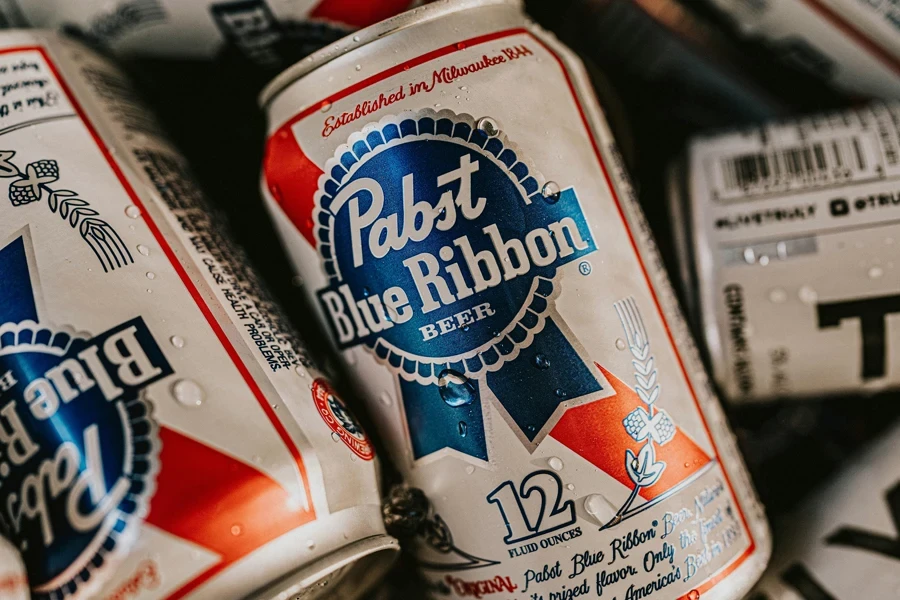
Top-selling cooler box models driving market trends
Leading models and their features
Several cooler box models are popular due to their outstanding features and user satisfaction. The Yeti Roadie 48 stands out for its exceptional insulation, stability, and portability. This model features an extendable handle and wheels, making it easy to maneuver across various surfaces. With a capacity of 45 quarts, it can keep beverages cold for up to 7.5 days and food fresh for 6.8 days. Its stackable design and lockable lid make it ideal for camping and long trips. According to Outdoor Gear Lab and Outdoor Life, the Yeti Roadie 48 is highly recommended for those investing in premium quality and performance.
The RTIC 52 QT Ultra-Light is another top contender, known for balancing capacity, ice retention, and portability.
Shot in lightweight injection-molded design, it only weighs 21 pounds yet has 52 quarts of space, perfect for short weekend camping. It holds the bargain buyer in mind at a much lower price than other models in the line, such as the Yeti Tundra 45. As noted by Switchback Travel, the RTIC 52 QT Ultra-Light has superb ice retention and is portable, thus ideal for any outdoor use. The RovR RollR 60 stands out, particularly regarding the wheel construction. This cooler is versatile and easy to maneuver around most terrains as it has strong and sturdy wheels and a very long trolley handle. This cooler has a 65-quart capacity and good ice retention, so it is ideal for longer trips and other outdoor activities. Despite being bulkier and having less storage space than other models, it is easy to use. It provides a good grip on rough terrains, which makes it ideal for the serious camper or adventurer, as recommended by CleverHiker and GearJunkie.
Coleman 316 Series 70 Quart is one of the inexpensive coolers that offers good performance in terms of cooling. This model is lightweight, has a large compartment, and reasonably retains ice. It is suitable for short missions and recreational use and is an affordable model without excluding the main characteristics. The Coleman has a strong construction and helpful functions, which is why families and casual campers love it, as Switchback Travel mentions.
The ORCA 65 Quart Wheeled Cooler is another bestseller because of its sturdiness and huge storage compartment. It has sturdy wheels to maneuver through any surface and a longer, more comfortable grip metal handle. With 65 quarts of storage space, more than what many other models provide, this cooler has an ice retention of 8 days, which is perfect for those who are going camping or other extended outdoor activities. Other notable features include an integrated drain channel, which does not require one to tip the cooler to drain it, a feature GearJunkie has commended.
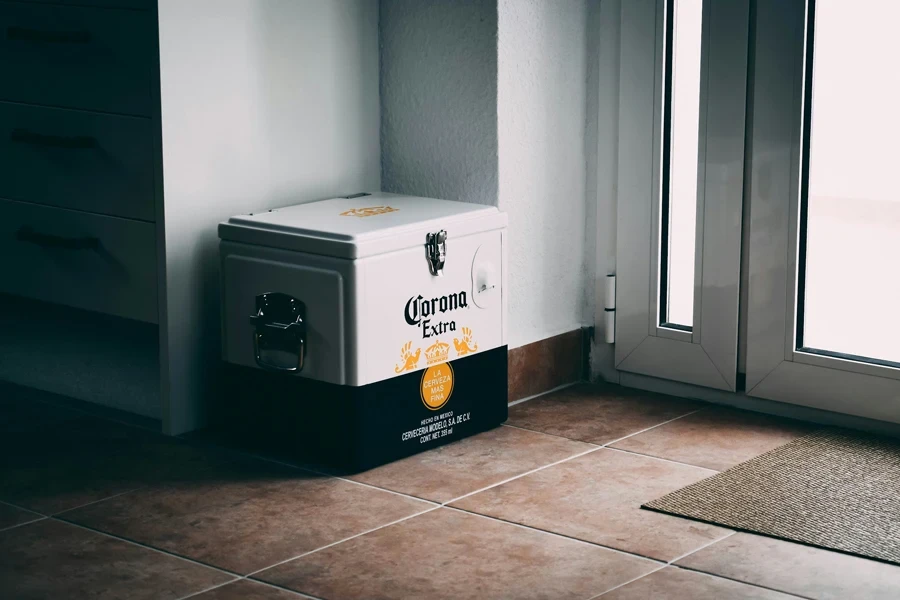
Consumer preferences and market impact
Consumers’ preferences have rapidly determined market trends in the cooler box industry. There is an increasing tendency in the choice of models with high insulation levels and convenience for an active lifestyle. Products that can hold low temperatures for long periods will be appreciated, especially when doing things like camping, football games, and others. Due to portability, as much as ice chests such as Yeti Roadie 48 and RovR RollR 60, spinning coolers occupy today’s market with Outdoor Gear Lab and Outdoor Life.
Sustainability concerns are also on the list of the primary motives behind consumers ‘decisions. The use of environmentally friendly products and materials to develop buildings and constructions and/or energy-efficient constructions is increasing. The companies that have integrated sustainable products in their portfolios are currently trending. For instance, material recycling integrity and biodegradable insulation appeal to environmentally sensitive consumers, DCNN Magazine and DataCenter Knowledge have revealed.
Similarly, cooler boxes are also being smart-enabled whcih is changing the cooler box market. Elements such as Wi-Fi connectivity, IoT sensors, and app-based temperature control are other enhancements that give users more options. These smart features enable the clients to control the temperature and the timing for transportation and hold the contents at the right temperatures. Some of the products, like the Crompton Optimus IOT coolers, show a shift of cooler manufacturers to incorporate technology into their products as people with a fascination for technology are likely to buy coolants, says BusinessToday.
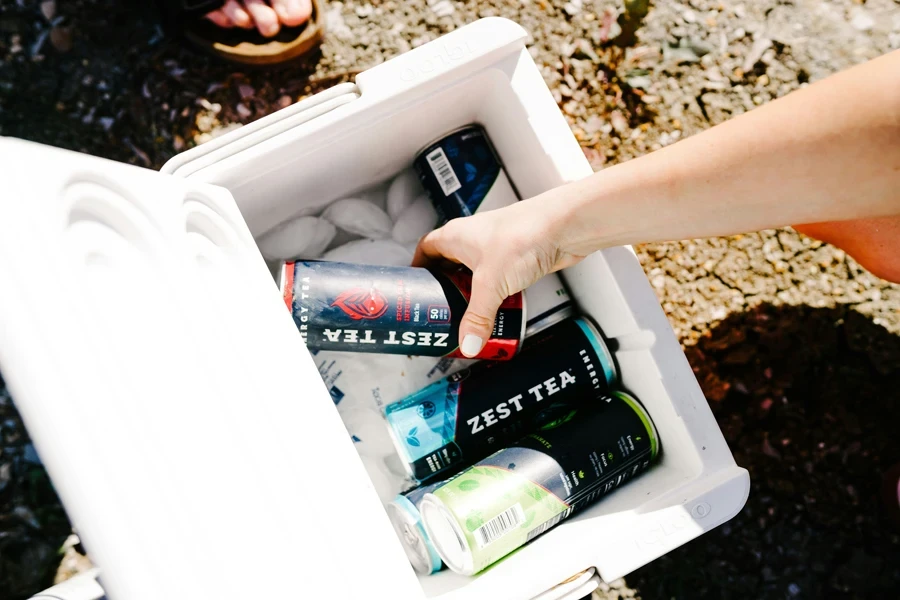
Conclusion
The cooler box market is growing steadily with fancy developments in the field of insulation, sustainable components, and integration of intelligence in cooler boxes. Consumer preferences for better insulation, portability, and sustainability shape market trends, while integrating advanced features enhances functionality and convenience. Continuous innovation and adaptation to these preferences are expanding the market, offering a diverse range of high-performance, durable, and environmentally friendly options to meet various consumer needs, according to sources such as Outdoor Gear Lab, Switchback Travel, and DCNN Magazine. This dynamic market evolution ensures consumers can access the latest and most efficient cooling solutions.




